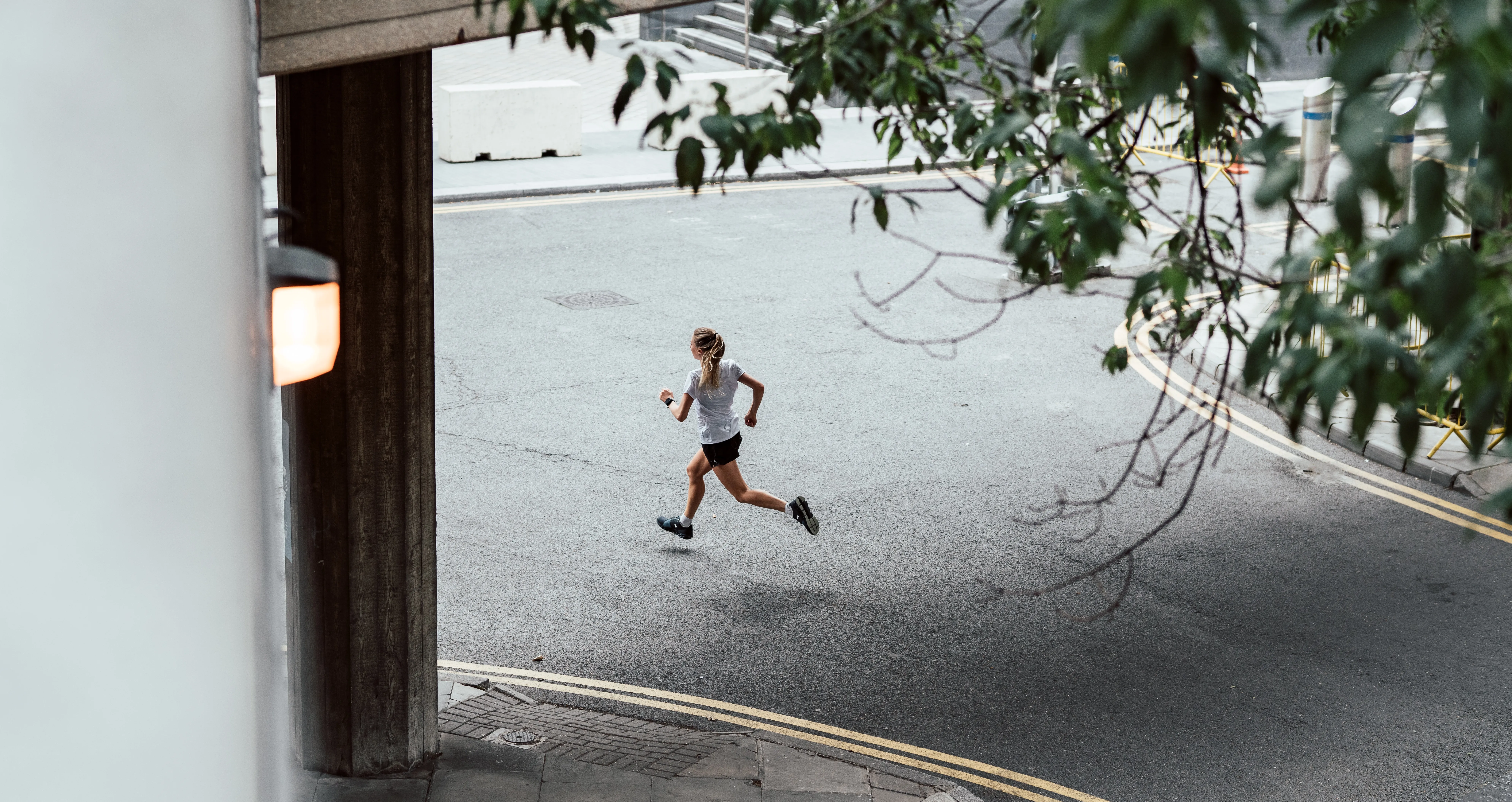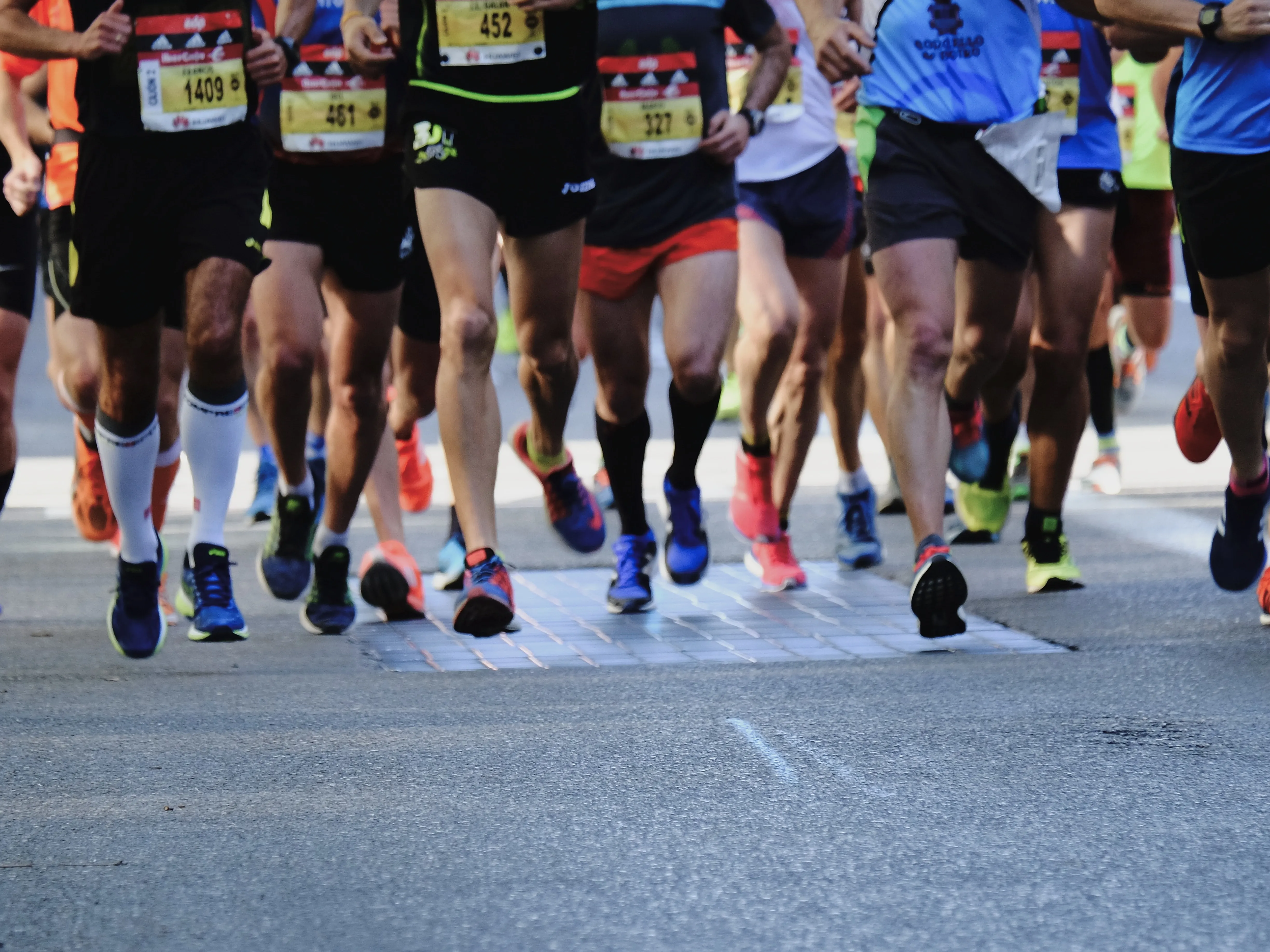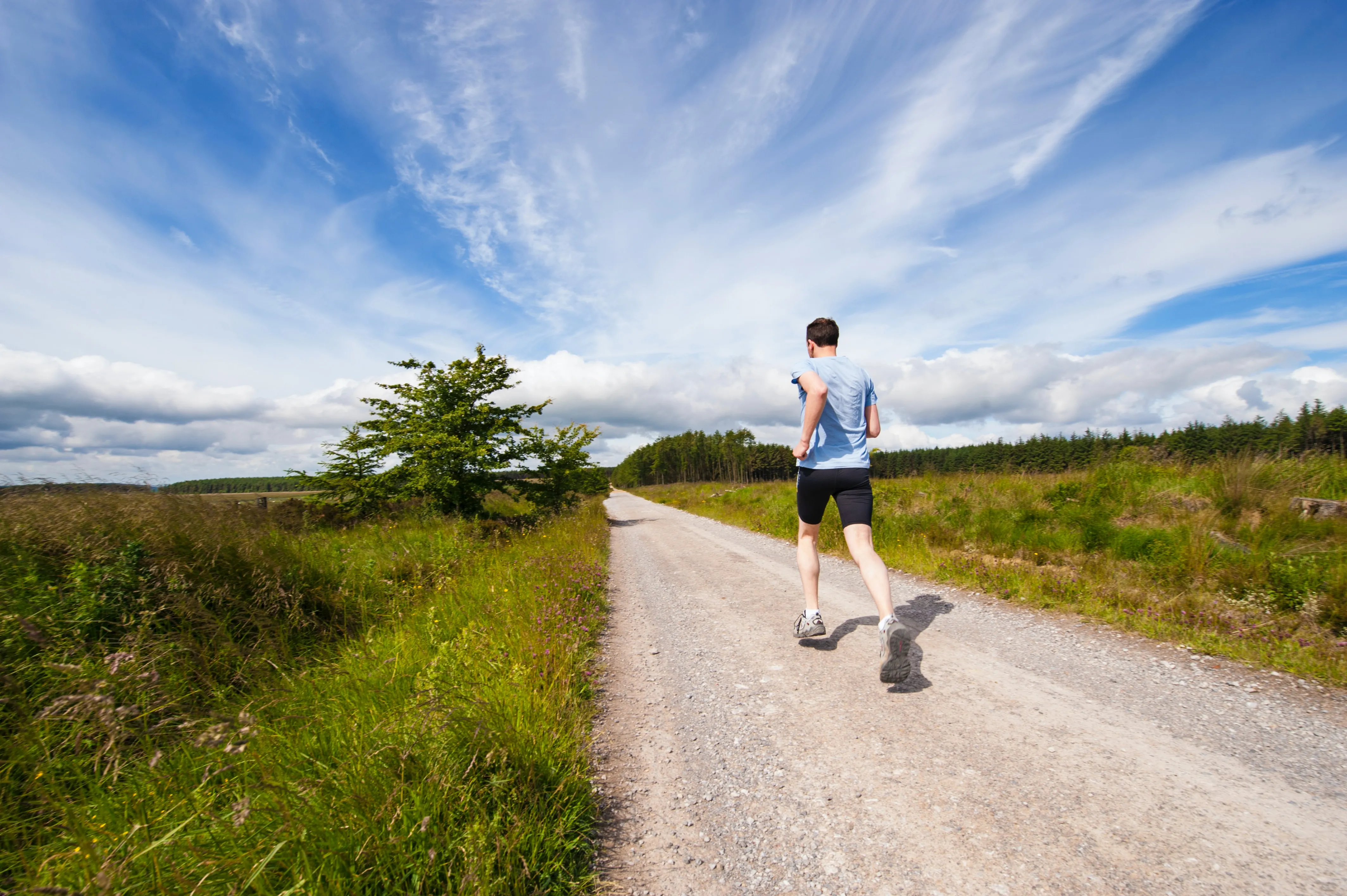
As the mercury rises, so does the demand on runners to adapt their routines to cope with extreme heat. Running in hot weather is not just uncomfortable, it also puts extra stress on your body and mind. However, with a few strategic adjustments to your training, equipment and nutrition, you can maintain your performance levels and protect your health. After all, not every run can take place in the cool, gentle breeze of a spring morning. Here’s how to get on track with your hot weather running.
Knowing Your Body
One of the most important aspects of running in the heat is understanding how your body regulates its internal temperature. When you exercise, your body generates heat, which is normally released through sweating. However, high environmental temperatures and humidity can inhibit this process, trapping heat inside. This can potentially lead to heat stress or even heat stroke.
Adjust Your Workout Time

The time of day plays a significant role in the temperatures you’ll encounter. Aim for early mornings and late evenings when the sun isn’t as strong. Avoid the midday heat when possible. Checking local weather forecasts will help you anticipate periods of extreme heat.
Stay Hydrated
Hydrating properly is crucial for hot weather running. Drink water before you start, take sips every 20 minutes during the run, and replace lost fluids once you finish. Consider carrying a hydration pack or planning your route to incline water stops.
Dress for Success
What you wear can vastly alter your experience running in extreme heat. Light-colored, loose-fitting clothes can help reflect sunlight and allow sweat to evaporate faster. Choose materials that wick away sweat, keeping your skin cooler. Don’t forget to include a hat or visor to protect your face from the sun’s rays and sunglasses to protect your eyes.
Listen to Your Body
This is arguably the most crucial tip when it comes to running in the heat. You should know the signs of overheating, including nausea, dizziness, lack of sweating, and rapid heartbeat. Don’t push too hard, and take breaks if you’re feeling overworked. It’s okay to have a slower pace when running in the heat—safety should be your top priority.
Acclimate Yourself
If you’re planning a race in hot temperature, it’s important that your body gets used to the heat. Start by running during cooler times of the day, then gradually introduce runs during warmer times. This can help your body gradually adapt to the changing temperatures.
Remember, running in the heat is demanding and potentially dangerous if not done correctly. Pay attention to your body, adjust your routine, stay well-hydrated, and dress appropriately, and you’ll find that summer running can be a rewarding challenge instead of a grueling ordeal.





